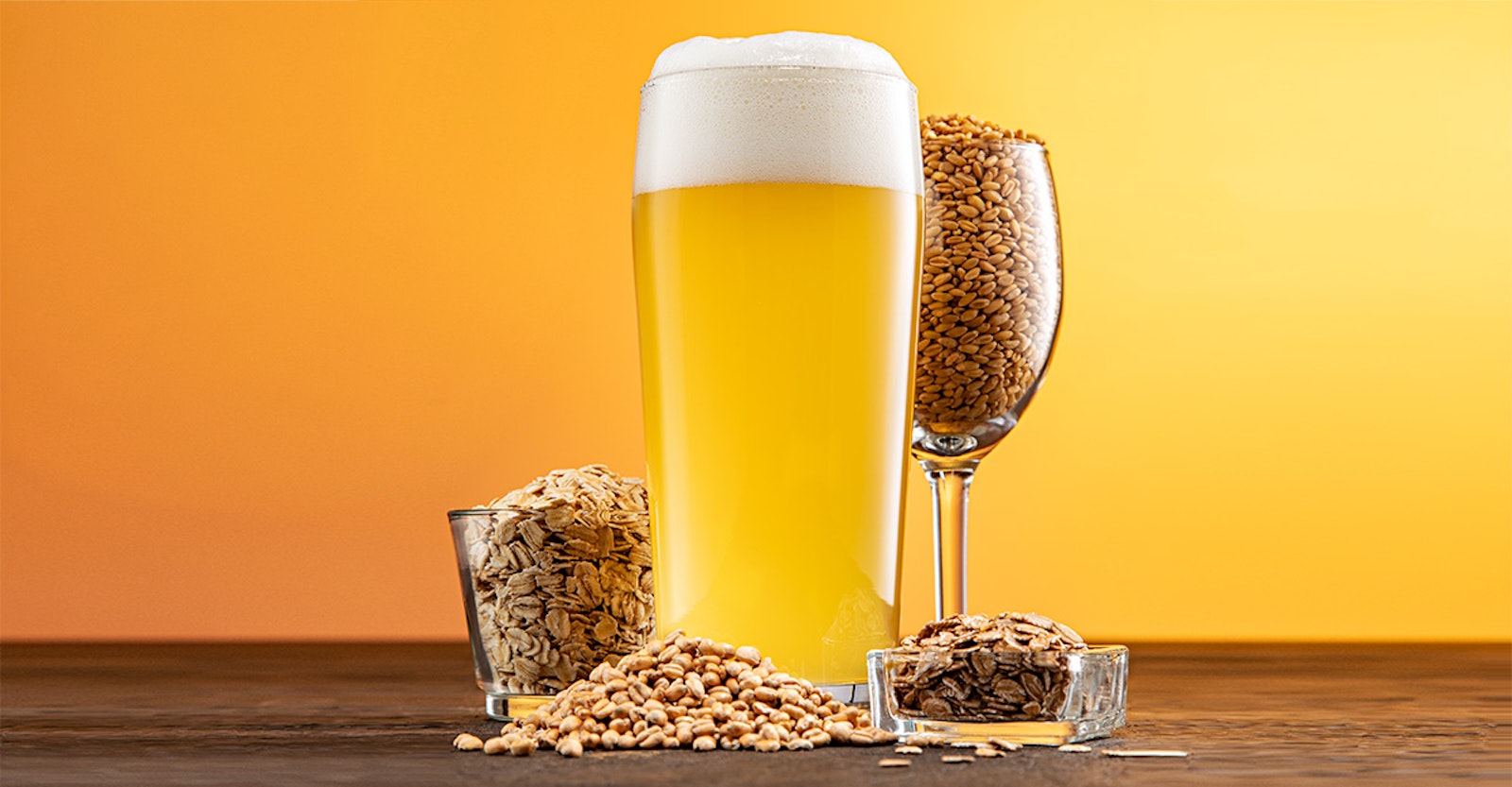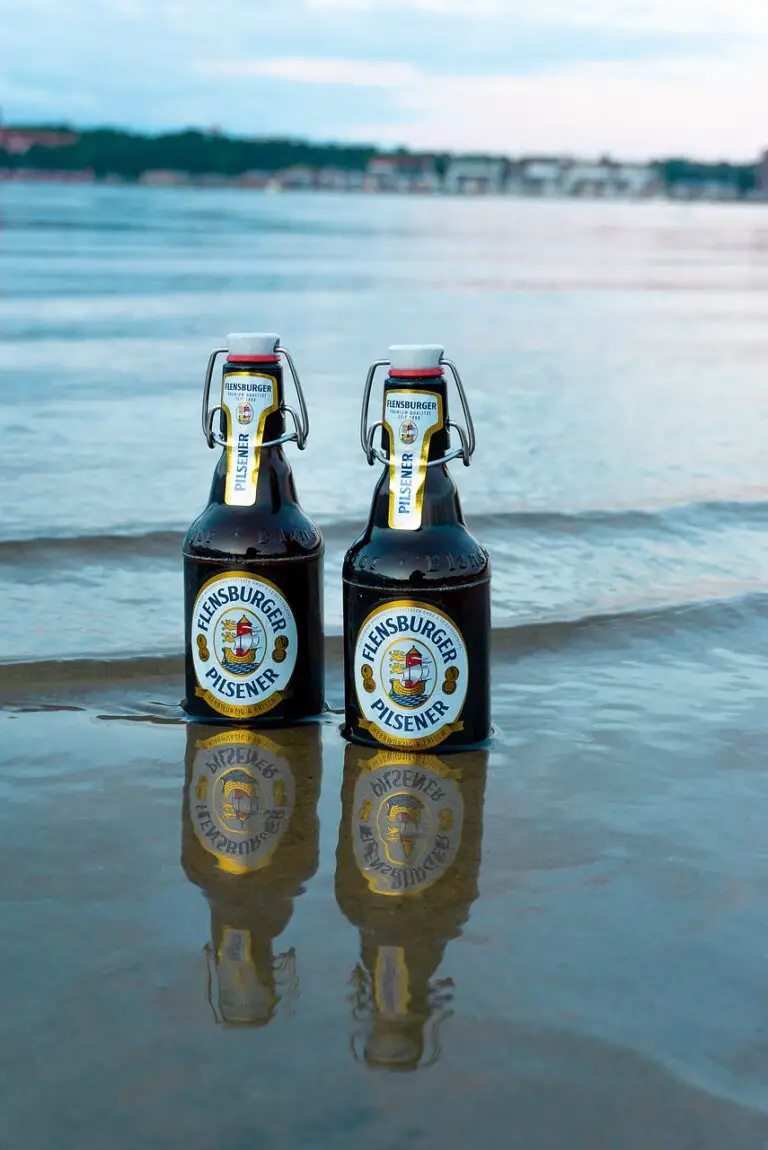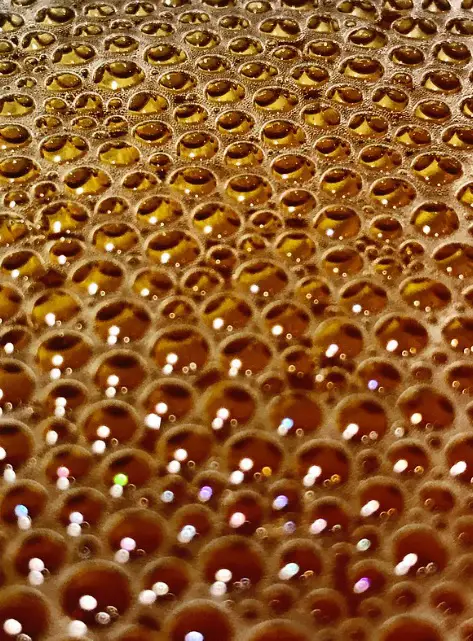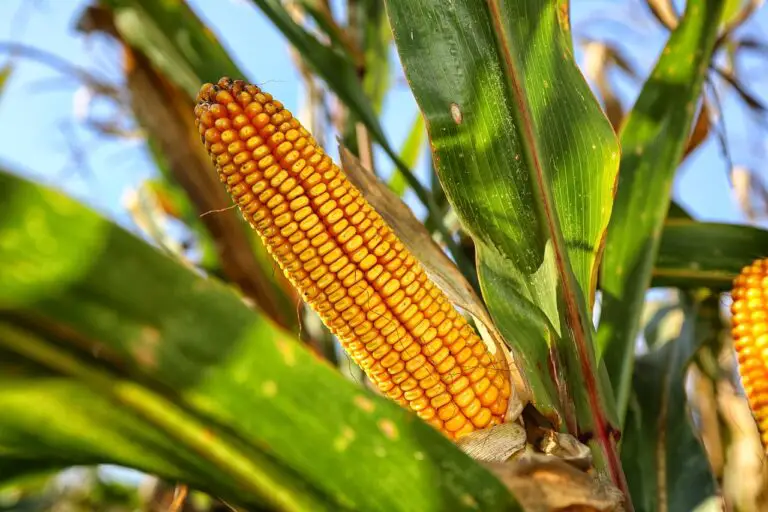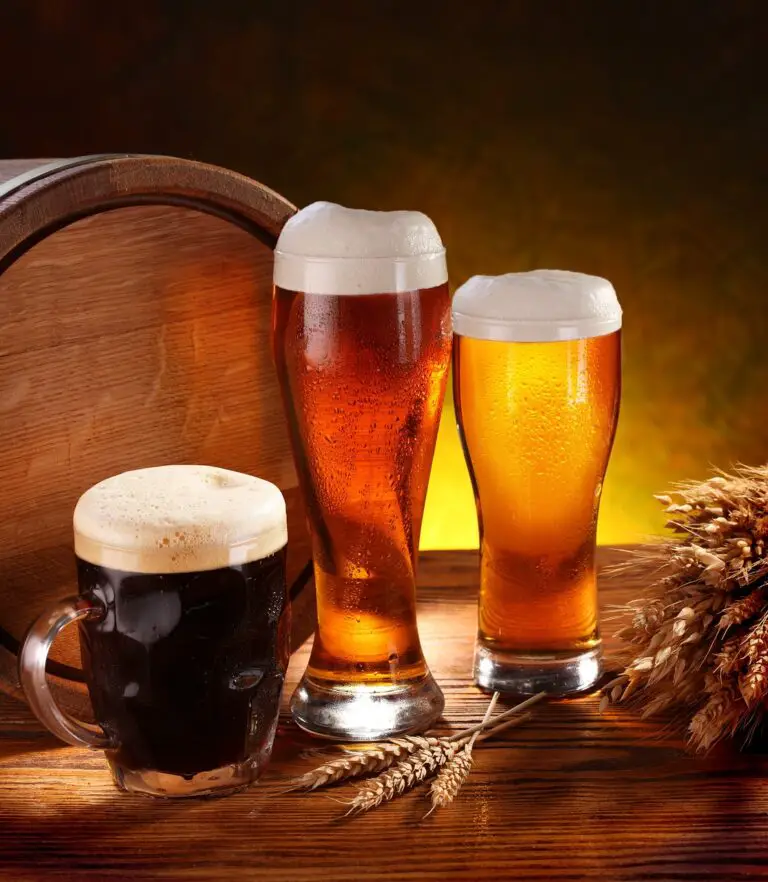What Color Is Malt?
Imagine a symphony of aromas and flavors, a canvas of colors and textures, all brought to life by this unassuming grain. Yes, it may be just barley (usually!), but it’s so much more! Just as a maestro weaves together notes to craft a captivating melody, brewers skillfully transform malted barley into the liquid poetry we know and love as beer. So what color is malt?
Unveil the secrets behind this alchemical transformation, as simple barley kernels evolve into a concoction of liquid dreams. From the subtle sweetness to the rich complexities that grace your taste buds, malted barley is the wizardry behind every pint that raises spirits and ignites camaraderie.
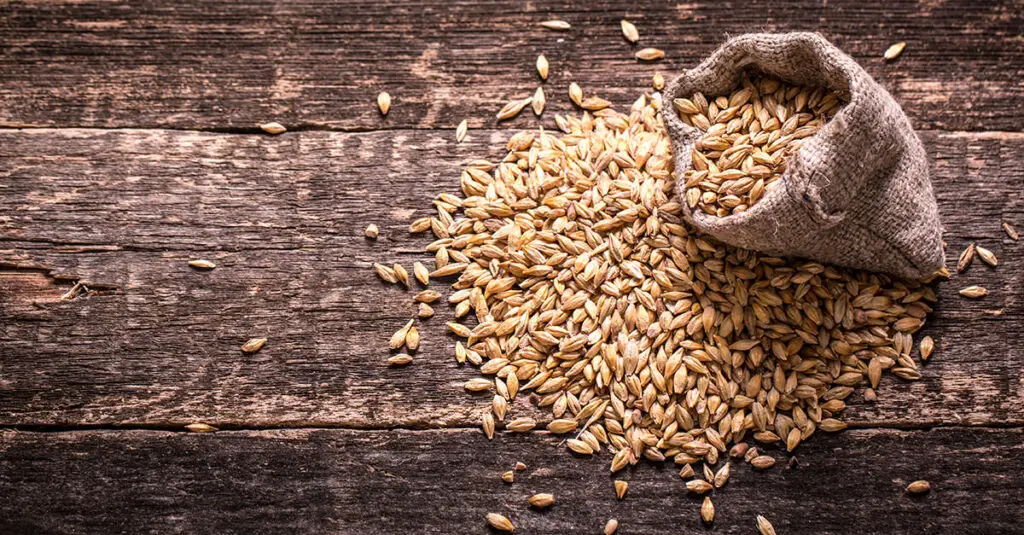
Let’s Get Back To The Real Deal – What Is Malt?
Malt is a processed cereal grain, typically barley (it can also be made of wheat, oats, rye, and other cereals), that has undergone a specific germination and drying process. It is a fundamental ingredient in the brewing of beer, as well as in the production of various other beverages and foods.
Malt provides the sugars necessary for fermentation, contributes to the flavor, color, and body of the final product, and also imparts important enzymes that help convert starches into fermentable sugars during the brewing process.
The malting process involves several key steps:
- Steeping: The barley grains are soaked in water to initiate germination, which activates various enzymes within the grain.
- Germination: The soaked barley is allowed to sprout, during which enzymes are produced. These enzymes break down the complex starches in the grain into simpler sugars.
- Kilning: The germinated barley is dried in a kiln, where heat is carefully controlled to halt the growth of the sprout. The duration and temperature of kilning influence the color and flavor characteristics of the malt.
The resulting malted barley can vary in color from pale to dark, and its flavor profile can range from mildly sweet and nutty to rich and roasted, depending on the type of malt and the kilning process used.
In brewing, malt is milled to create a coarse powder called grist, which is mixed with hot water in a process known as mashing. This mashing process allows the enzymes in the malt to convert the starches into sugars, creating a sugary liquid called wort. The wort is then boiled and hops are added for bitterness and aroma. After boiling, the wort is cooled and yeast is added to ferment the sugars into alcohol, resulting in the final beer product.
Malt plays a crucial role in defining the flavor, color, and body of the beer, making it an essential and versatile ingredient in the art of brewing.
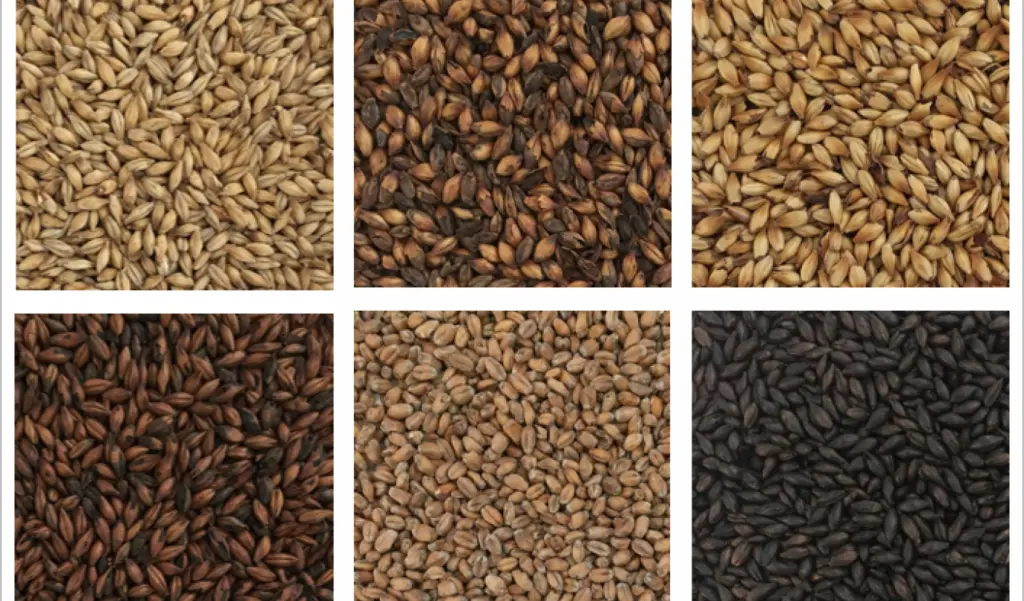
Why Is Malt Important?
Malt is critically important in the brewing process for several key reasons:
- Sugar Source: Malt provides the essential sugars needed for fermentation. During the malting process, enzymes break down the complex starches in the grains into simpler sugars, such as maltose. These sugars serve as the primary food source for yeast during fermentation, where they are converted into alcohol and carbon dioxide.
- Enzymatic Activity: Malted grains contain enzymes, such as amylase, that help convert starches into fermentable sugars. These enzymes play a vital role in the mashing process, where the malt is mixed with hot water to create a sugary liquid called wort. Without these enzymes, the starches in the grain would remain inaccessible to yeast, preventing fermentation.
- Flavor and Aroma: Malt contributes a wide range of flavors and aromas to beer, depending on the type of malt used and the malting process. Different malts can impart characteristics such as sweetness, biscuit-like notes, caramel, chocolate, coffee, and more. These flavors add complexity and depth to the beer’s profile, creating a diverse range of styles and tastes.
- Color and Appearance: The color of malted barley influences the color of the final beer. Lighter malts result in pale or golden beers, while darker malts produce amber, brown, and even black hues. The visual appeal of beer is important to consumers and can be an indicator of the beer’s flavor profile.
- Body and Mouthfeel: Malt contributes to the body and mouthfeel of beer. The proteins and carbohydrates from the malt create a fuller texture and mouth-coating sensation, enhancing the overall drinking experience.
- Head (Foam) Retention: Malt proteins also contribute to head retention, the foam that forms on top of a beer when poured. A good head enhances the aroma and presentation of the beer and can impact the perception of its quality.
- Yeast Health: The nutrients present in malt are beneficial for yeast health and fermentation. Yeast requires various vitamins and minerals to thrive and efficiently convert sugars into alcohol and carbon dioxide.
- Tradition and Craftsmanship: Malt has been a key ingredient in brewing for centuries, steeped in tradition and craftsmanship. Different malting techniques and varieties of malt contribute to the diverse array of beer styles, allowing brewers to showcase their creativity and skill.
What Color Is Malt?
The color of malt can vary widely depending on the type of malt and the degree of kilning during the malting process. Malts can range from very pale to deep black, and each color contributes to the overall appearance and character of the beer.
Here are some general categories of malt color:
- Pale Malts: These are lightly kilned malts, often straw to light gold in color. They are typically used as a base malt and form the majority of the grist in many beer recipes. Examples include Pilsner malt and Pale Ale malt, which are often used to make white ale.
- Amber and Vienna Malts: These malts are kilned to a slightly darker color, ranging from golden to amber. They contribute to the beer’s color, flavor, and aroma and are commonly used in styles like Vienna Lager and Oktoberfest.
- Caramel/Crystal Malts: These malts are steeped and then kilned, leading to caramelization of the sugars. They come in a range of colors, from light amber to deep red and even brown. Caramel malts add sweetness, color, and body to the beer and are used in styles like Amber Ale and Porter.
- Chocolate and Black Malts: These are roasted malts that impart dark colors and strong roasted or chocolate flavors. Chocolate malt can range from brown to dark brown, while black malt is nearly black. These malts are used in stouts, porters, and other dark beers.
- Roasted Malts: These include roasted barley and other specialty malts that are used in very small quantities to provide intense color and roasted flavors to beers like stouts and porters.
Keep in mind that the color of the malt does not directly correlate with the final color of the beer. Other factors, such as the type and quantity of malt used, the brewing process, and the presence of other ingredients like hops, can also influence the beer’s color. Brewers often use a combination of malts to achieve the desired color and flavor profile for a particular beer style.

I am a young architect with a passion that goes beyond blueprints… it’s beer! undertherosebrewing.com is more than just a blog, it’s a manifestation of my lifelong dream to explore, read, and learn everything about beer. Join the blog on this unfiltered and genuine adventure into the heart of beer culture. Cheers!
